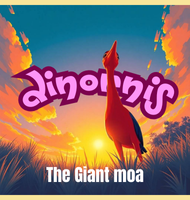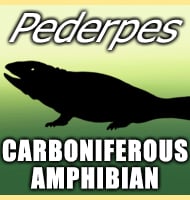Tristychius
In Depth Tristychius is often described as being similar to a dogfish, and featured a strongly upturned caudal fin. Like many other early prehistoric sharks, Tristychius had spines in front of both the first and second dorsal fins. The highly developed nature of these spines suggests that they were for defence rather than to support … Read more


